Gilliesii Bird Of Paradise – Growing A Yellow Bird Of Paradise Shrub
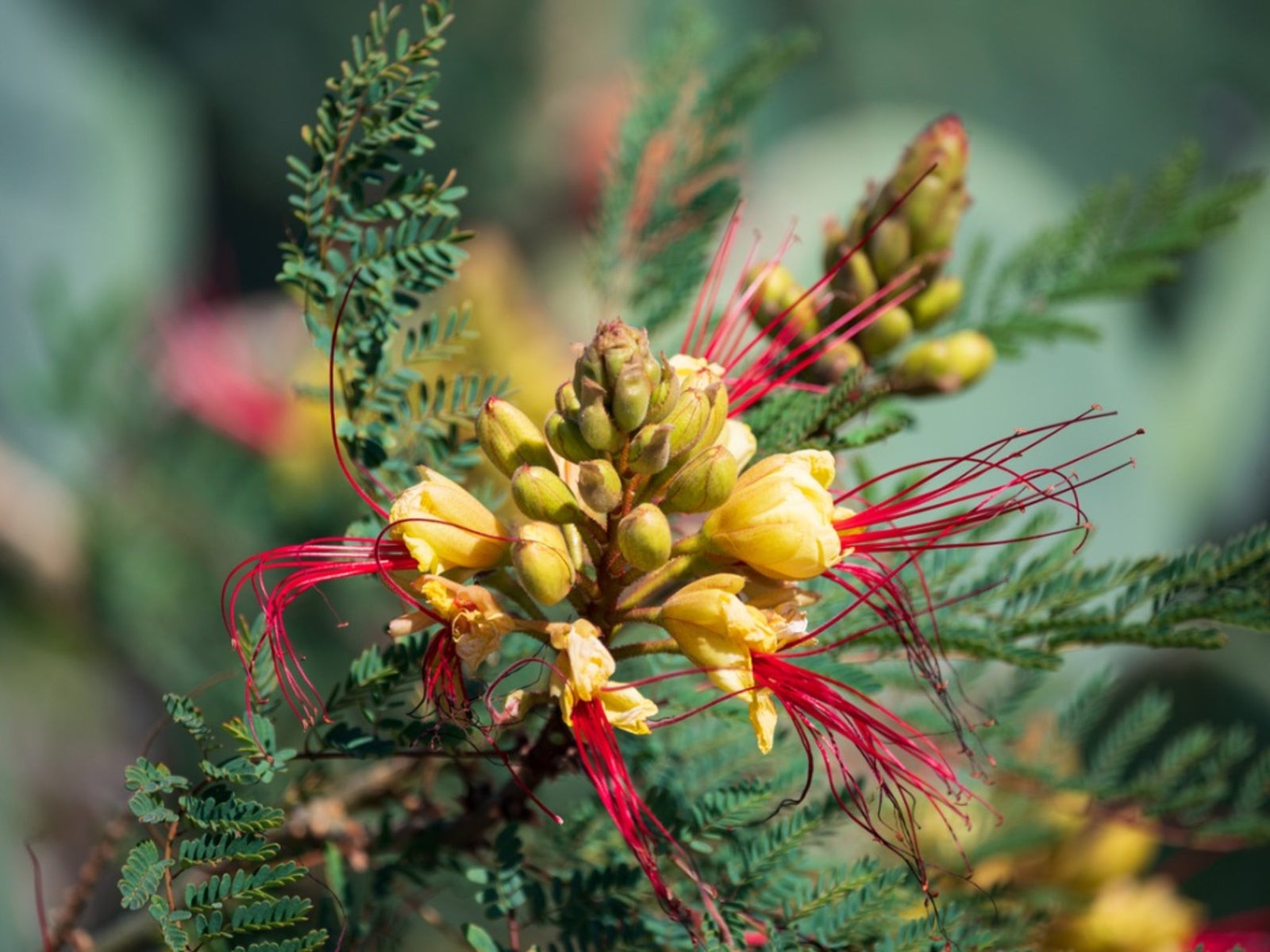

What is a bird of paradise shrub? The yellow bird of paradise shrub (Caesalpinia gilliesii) is an evergreen shrub or small tree with beautiful flowers. Native to subtropical regions in South America, the bird of paradise is often grown in warm areas of the U.S. It is admired for its gorgeous and unusual yellow blossoms with brilliant red stamens. Read on for more information about the Gilliesii bird of paradise plant, as well as tips on how to grow yellow bird of paradise.
What Is a Bird of Paradise Shrub?
The Gilliesii bird of paradise is a little tree that rarely gets above 15 feet (5 m.) tall. It is a standout for its attractive yellow or red flowers with long, eye catching stamen. It is so easy to grow that it has escaped gardens in the southwest and naturalized in states from California and Nevada to Oklahoma.
If you are wondering whether the Gilliesii bird of paradise is related to the other plant commonly called bird of paradise (Strelitzia reginae), it is not. Both do bear lovely flowers that look a little like birds though.
Yellow Bird of Paradise Shrub
The flowers of the yellow bird of paradise shrub are most often yellow, but some varieties produce red flowers instead. All the blossoms have five petals and ten extremely showy red stamens. The blossoms appear at the branch tips in July or August. While the flowers are only an inch (2.5 cm.) long, the stamens protrude from the flower tube three or four times that far.
The tree also bears interesting fruits. They look like peapods as they are curved, flattened pods about two to five inches (5-13 cm.) long. These split open when they are mature, expelling their many seeds in all directions.
How to Grow a Yellow Bird of Paradise
Yellow bird of paradise shrubs make attractive hedges or screens as well as specimen plants. If you are wondering how to grow a yellow bird of paradise plant, the first thing you want to check is your climate.
These plants only thrive in very warm regions in USDA plant hardiness zones 8 or 9 through 11. They will grow in full or partial sun. Plant them in loam or sandy soil and provide average water. They are somewhat drought tolerant when established.
Gardening tips, videos, info and more delivered right to your inbox!
Sign up for the Gardening Know How newsletter today and receive a free copy of our e-book "How to Grow Delicious Tomatoes".

Teo Spengler is a master gardener and a docent at the San Francisco Botanical Garden, where she hosts public tours. She has studied horticulture and written about nature, trees, plants, and gardening for more than two decades. Her extended family includes some 30 houseplants and hundreds of outdoor plants, including 250 trees, which are her main passion. Spengler currently splits her life between San Francisco and the French Basque Country, though she was raised in Alaska, giving her experience of gardening in a range of climates.
-
 Looking For Plants To Give You The Soft And Fuzzies? Try These 5 Fuzzy Leaf Plant Options
Looking For Plants To Give You The Soft And Fuzzies? Try These 5 Fuzzy Leaf Plant OptionsLovers of texture, drama, silver foliage and tactile plants will adore these special sensory garden additions. These fuzzy leaf plant options will leave you all aglow
By Susan Albert
-
 Get Ready For A Summer Of Hummers! Grow These Full Sun Hummingbird Plants and Flowers
Get Ready For A Summer Of Hummers! Grow These Full Sun Hummingbird Plants and FlowersIf you’re lucky enough to enjoy a sunny backyard, make sure you are maxing out on your pollinator opportunities and grow these full sun hummingbird plants and flowers
By Tonya Barnett
-
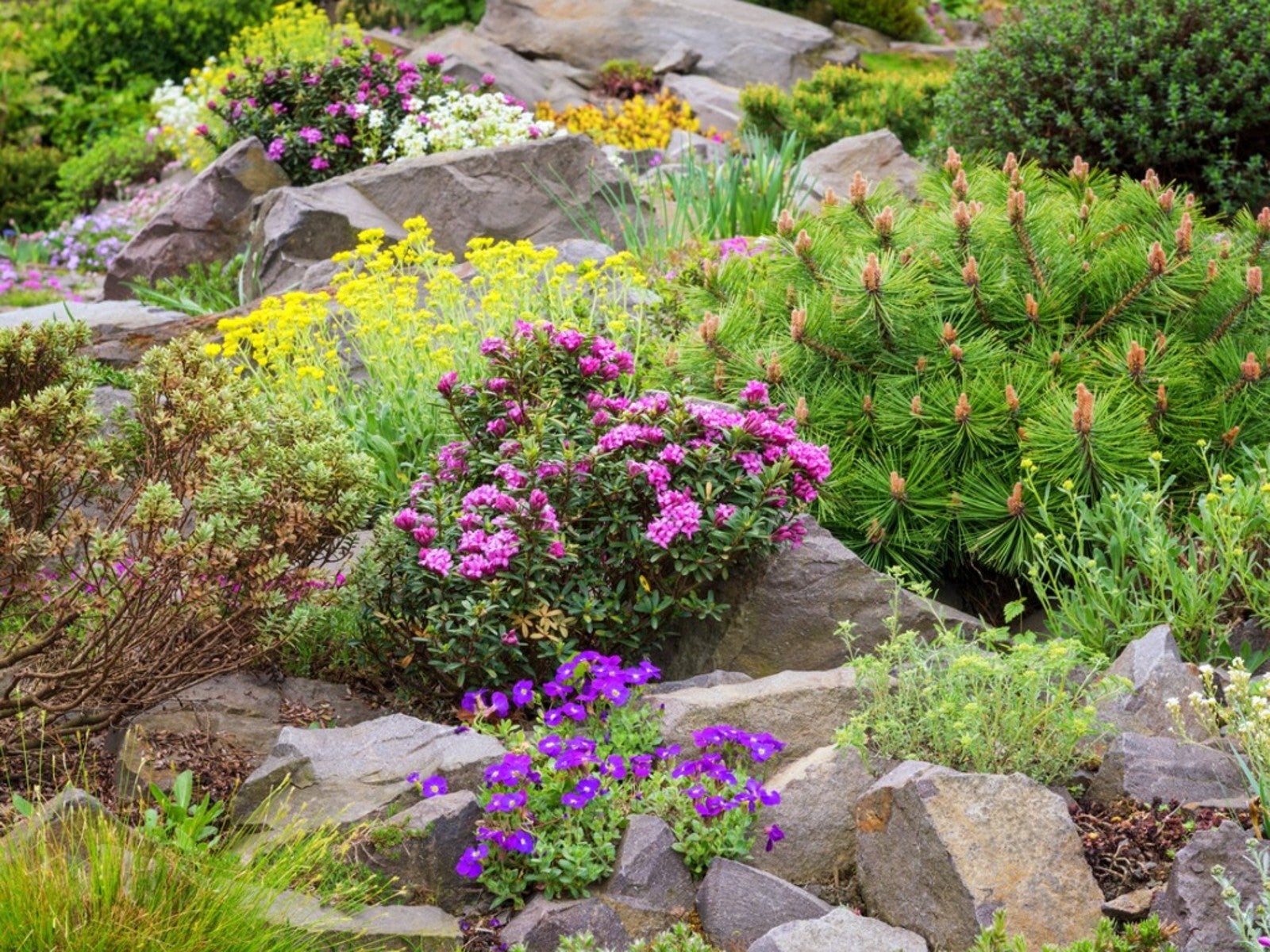 Best Short Bushes For Erosion Control
Best Short Bushes For Erosion ControlErosion is a serious problem that can be solved with the right plants. Read about some low-growing shrubs that can help with erosion control.
By Bonnie L. Grant
-
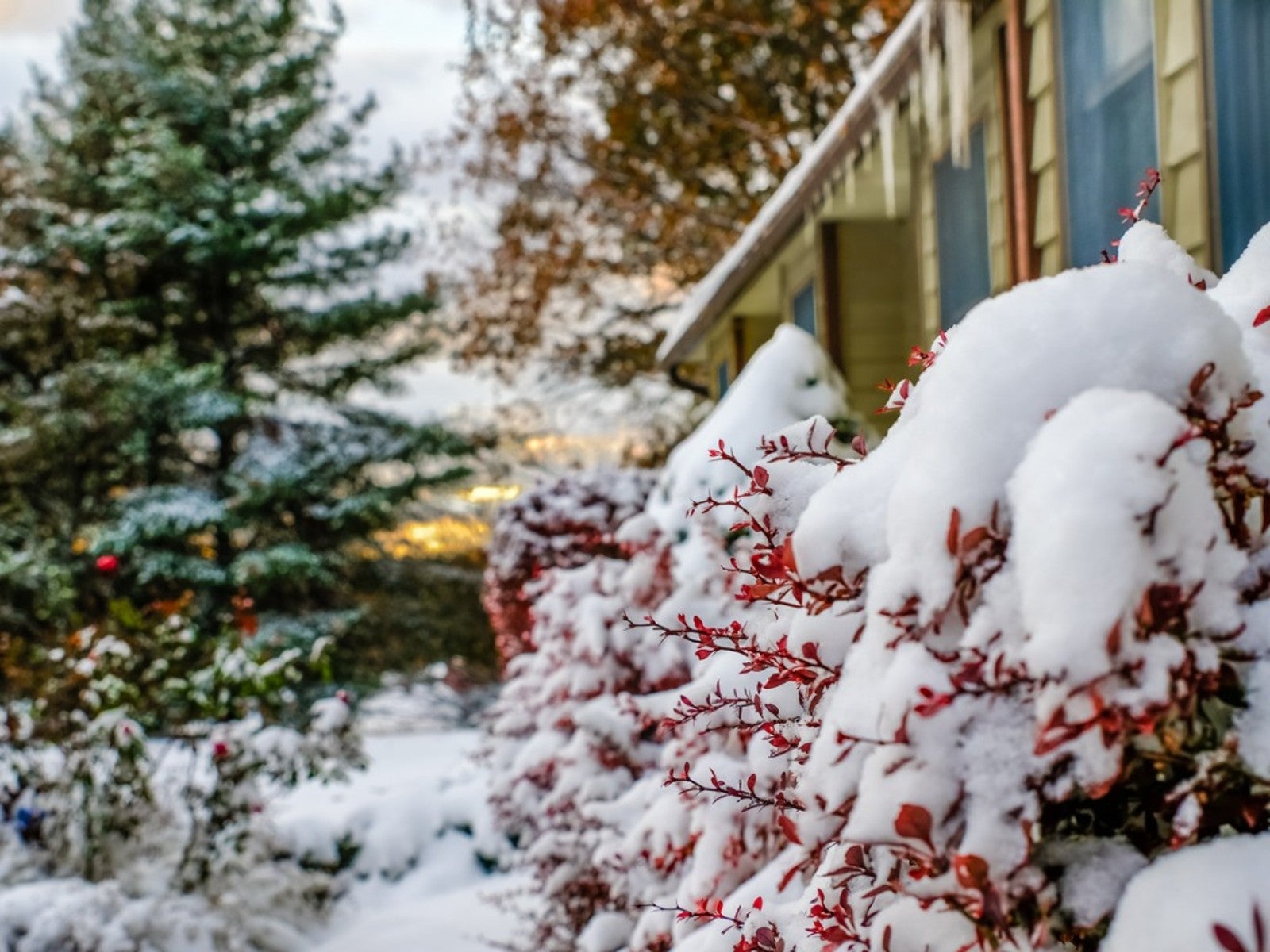 Super Hardy Shrubs And Trees For Northern Climates
Super Hardy Shrubs And Trees For Northern ClimatesWhat are the most cold hardy shrubs and trees for northern climates? Click here to find out.
By Teo Spengler
-
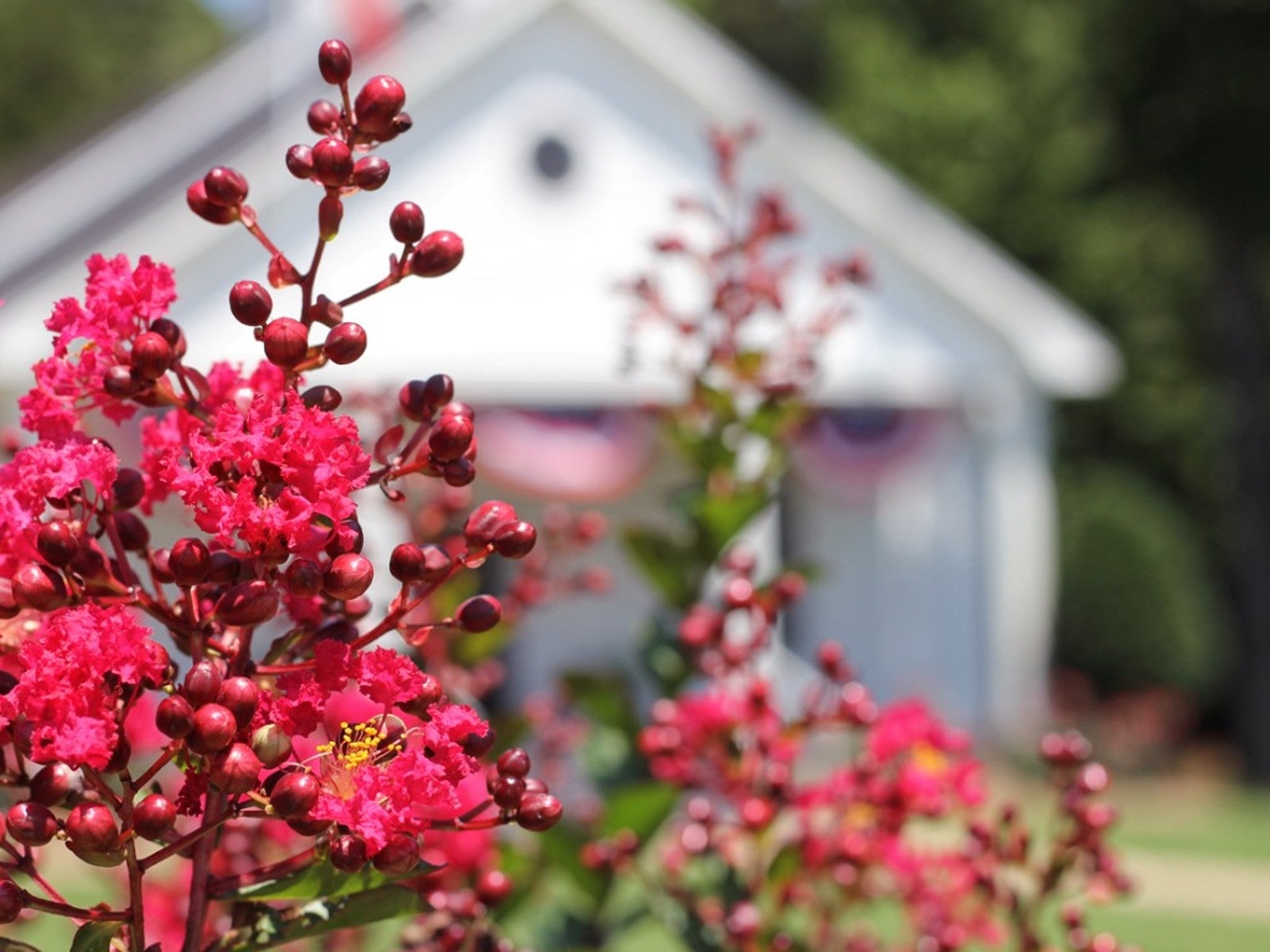 Flowering Shrubs That Like Full Sun And Heat
Flowering Shrubs That Like Full Sun And HeatSome types of flowering shrubs love full sun and summer heat. Read on for full sun shrub suggestions.
By Teo Spengler
-
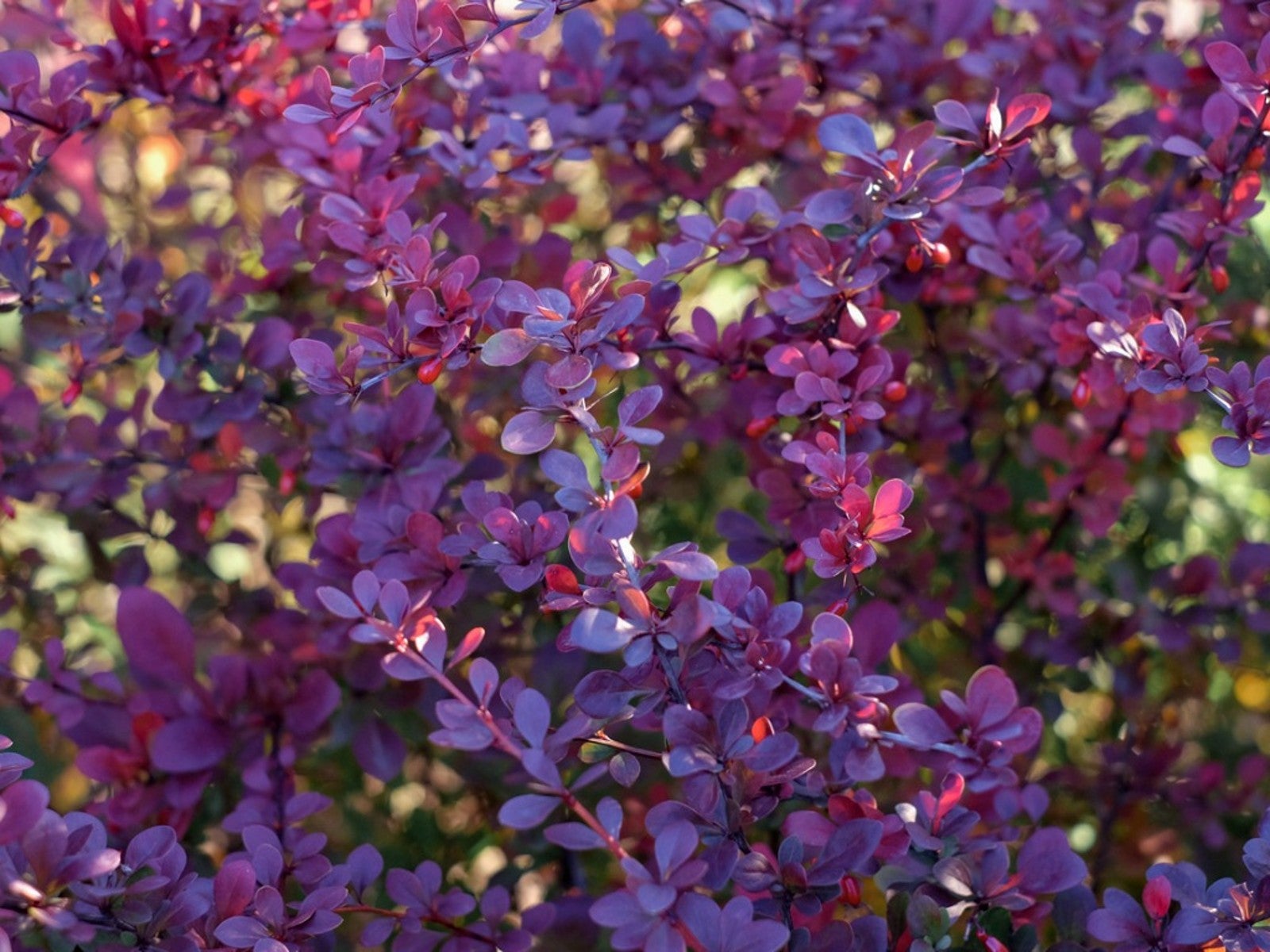 Types Of Shrubs With Purple Leaves
Types Of Shrubs With Purple LeavesIn a garden full of greens and pastels, many gardeners use purple bushes and shrubs for a touch of drama. Here are our favorites.
By Teo Spengler
-
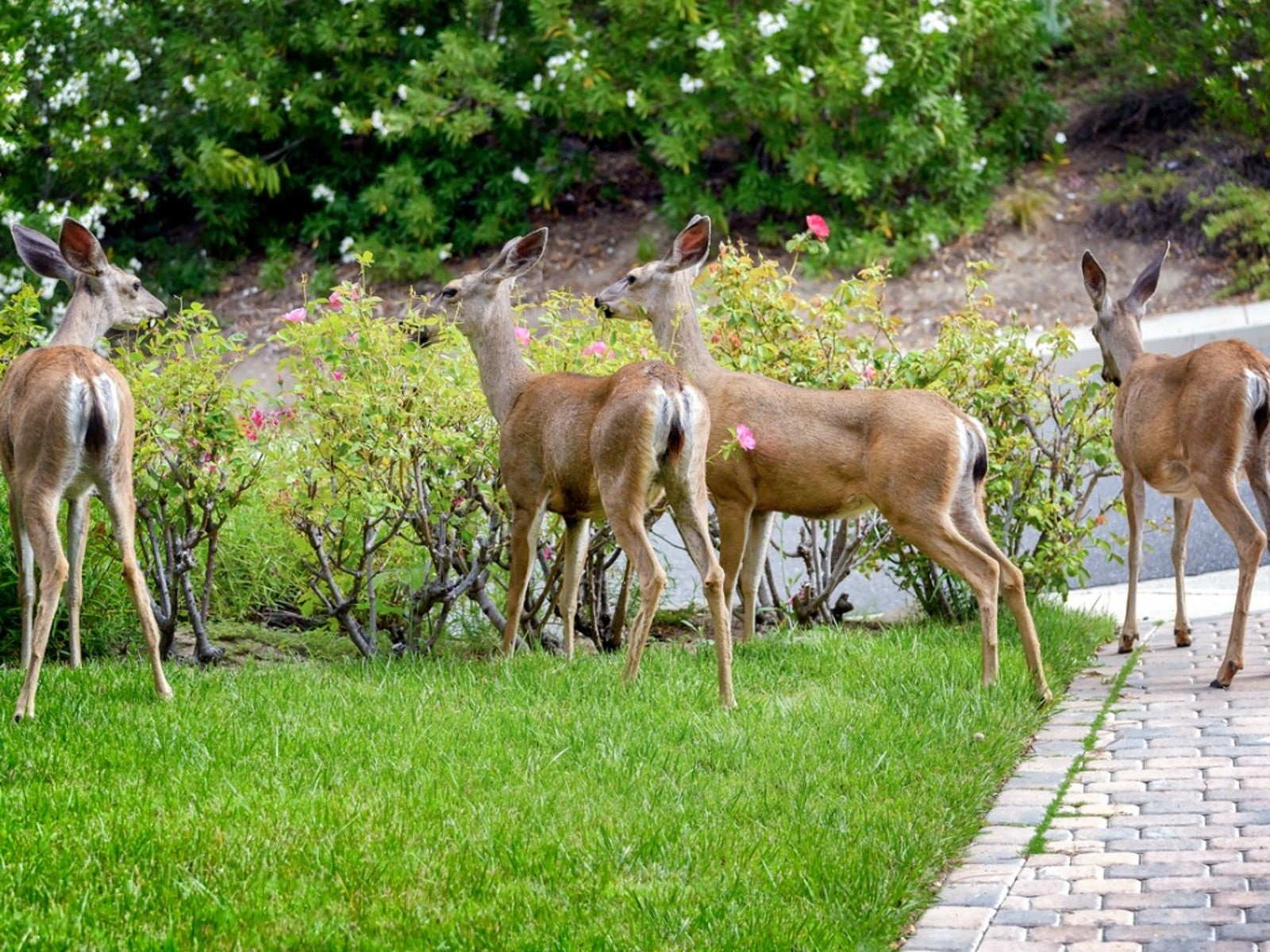 Flowering Shrubs That Are Deer Resistant
Flowering Shrubs That Are Deer ResistantThere is almost nothing a deer will not eat if it is hungry enough, but some plants are better than others. Read on for information on flowering deer resistant shrubs.
By Teo Spengler
-
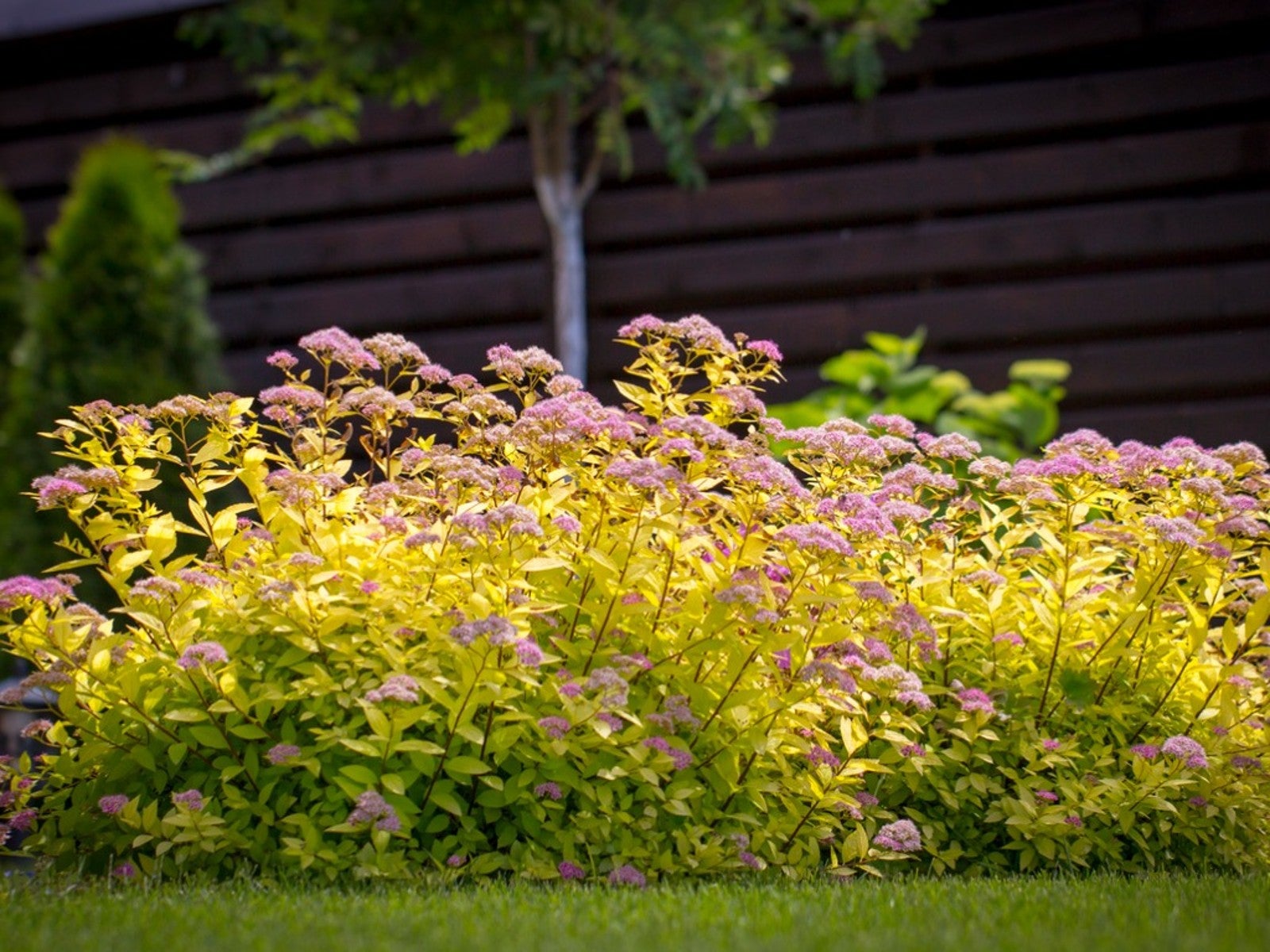 Blooming Invasive Bushes To Avoid
Blooming Invasive Bushes To AvoidWhen it comes to pretty flowers on honeysuckle, scotch broom, and butterfly bush, invasiveness hasn’t always mattered. Today, gardeners know better.
By Mary Ellen Ellis
-
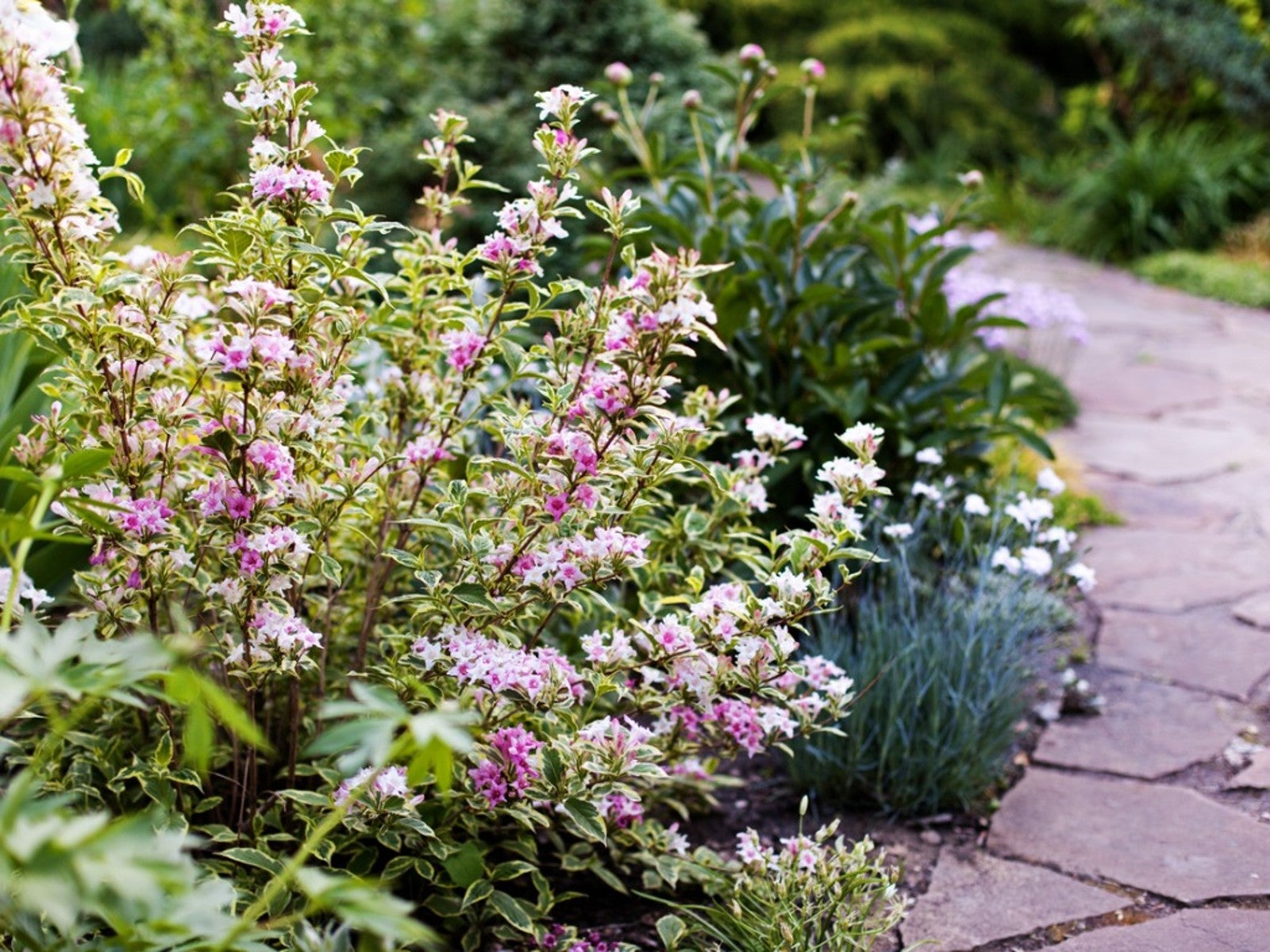 Easy To Care For Flowering Bushes
Easy To Care For Flowering BushesFlowering shrubs are a joy in the landscape, but many gardeners worry about maintenance. Read on for ideas on easy care flowering bushes.
By Teo Spengler
-
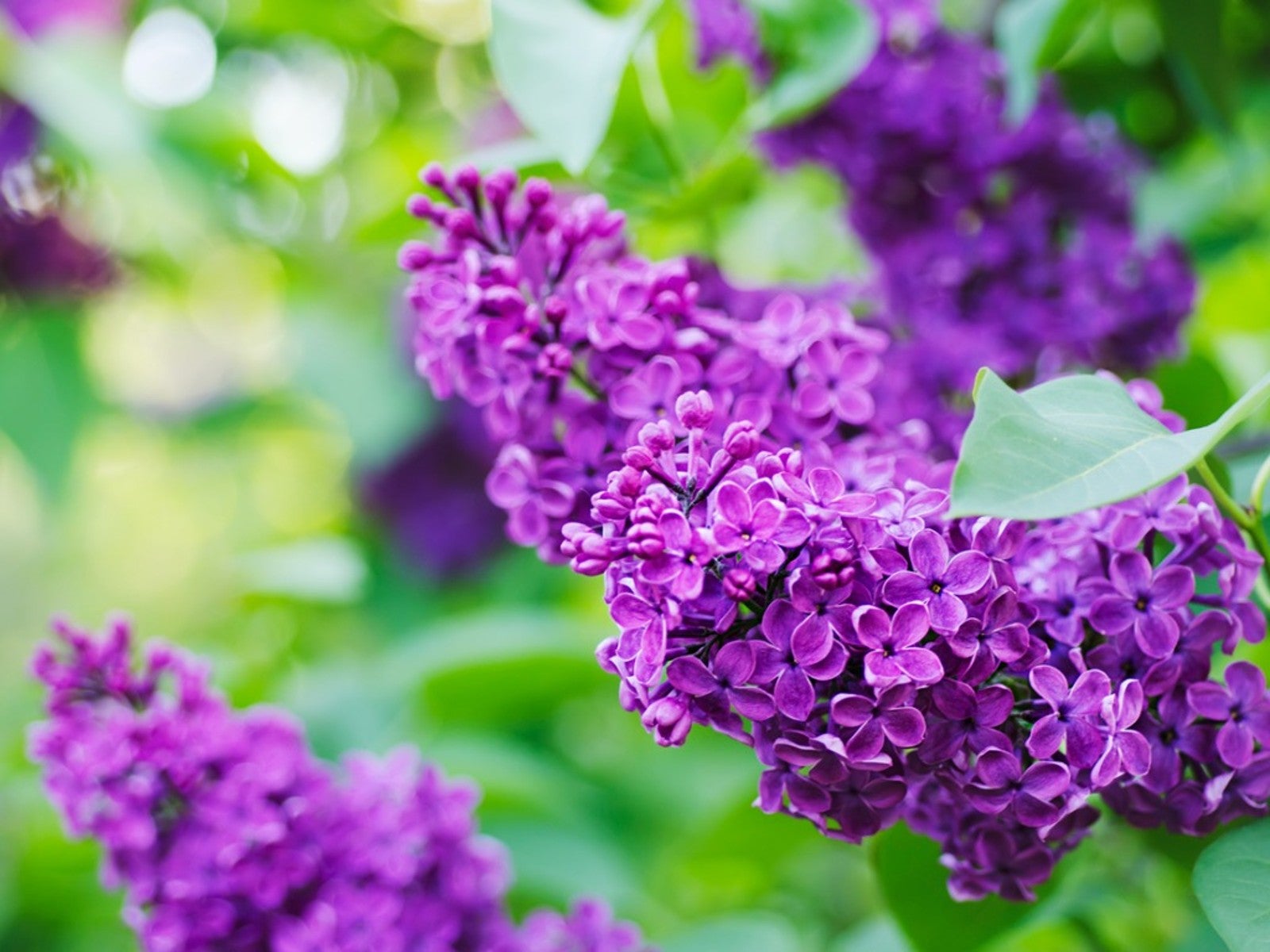 Pretty Purple Flowering Shrubs
Pretty Purple Flowering ShrubsAll flowering shrubs add interest and color to the garden, so why not pick purple? Here are our top recommendations.
By Teo Spengler